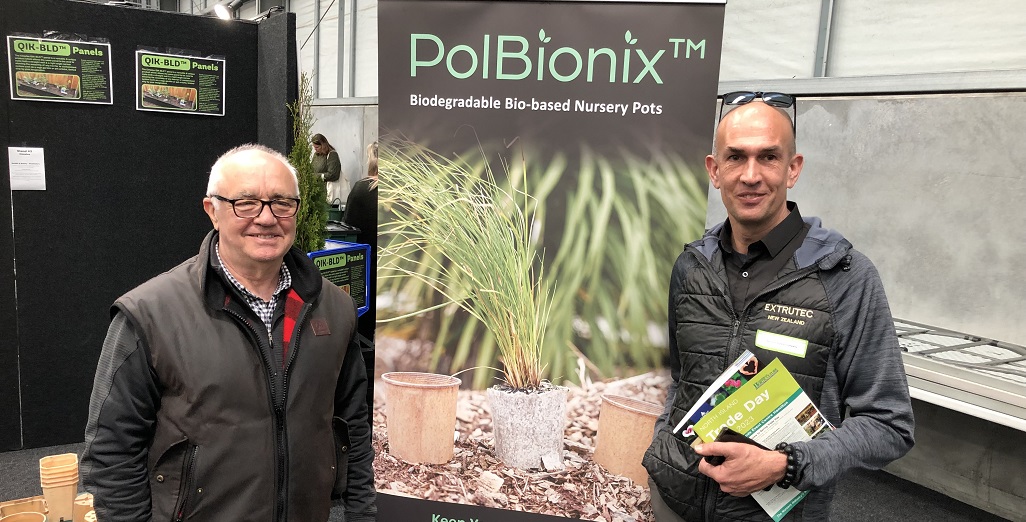Sign up here to subscribe to the Grower2grower Ezine. Every two weeks you will receive new articles, specific to the protected cropping industry, informing you of industry news and events straight to your inbox.
May 2020
Hygiene
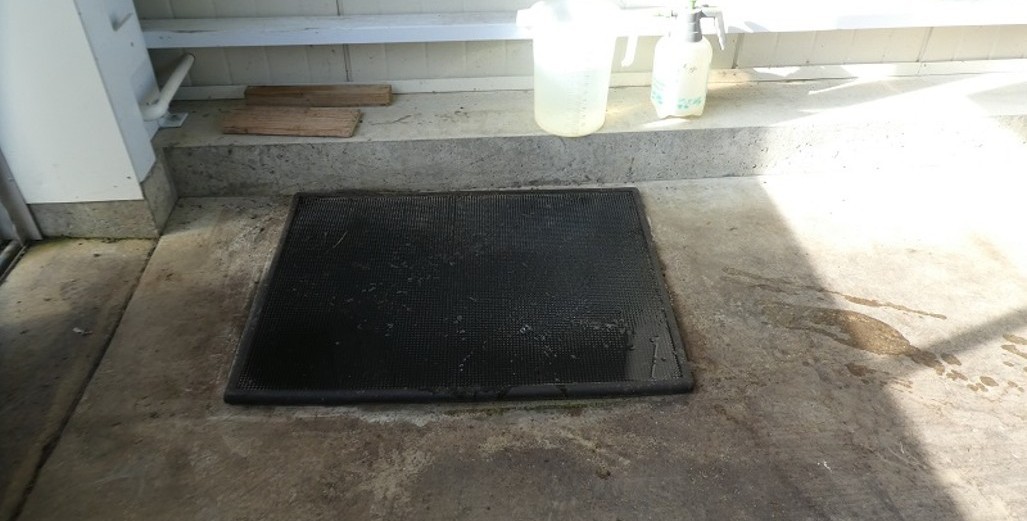
Hygiene
Basic Protocols, important or not?
When it comes to hygiene you can either ignore it or adopt some protocols. I have seen growers who have very relaxed hygiene levels and some the complete opposite. I remember visiting a nursery in Holland, when you first walked in the door you had to step into a footbath then a platform which had rotating brushes to clean your feet then into another footbath. We then proceeded to wash our hands, like you see in an ER, put on cover overalls, shoe covers, gloves and hair nets. No devices were allowed in the nursery in case they transferred bacteria.
In Australia, at a rather large tomato growing operation, I was asked to put on overalls, shoe covers, gloves and hair net as I did in Holland. A colleague who had a beard was asked to wear a mask on his face like a surgeon would wear.
You might think this is a bit over the top or over cautious. I don’t. I believe good hygiene protocols will reduce diseases that cost you money, not in just lost production but increasing your costs associated with dealing with issues, for example, the time to apply treatments.
Last year I visited a grower I suspected of having an outbreak of bacterial canker (BC). Quite a few problems arose because of the BC. Even though gloves were worn the workers did not disinfect their hands between plants, this just aided the spread. By the end of the crop approximately 50% of the crop had failed to grow its full term. If strict hygiene protocols were implemented as soon as the BC had been identified this number could have been greatly reduced.
In this instance I recommend the following:
- Identify and rope off the rows with infected plants.
- Remove infected plants as soon as they have symptoms.
- Cut and place plants in plastic bags directly in the place they are in the row.
- Throw the gloves you were using away with the infected plant, disposing outside the greenhouse
- Spray the affected floor area where the infected plant/plants are. There are a few products I would recommend for this.
- When twisting/clipping, dip your hands in a sanitiser that totally kills any bacteria.
- If removing leaves using a knife then dip your knife in a sanitiser after every plant
- If removing leaves by hand then dip your hands in a sanitiser after every plant
- When picking the fruit in this row remove the gloves after each row
It does not matter if you are a large grower or medium sized, I would make sure only one person was in charge of working in these areas. It does mean they would have to do all of the plant work and pick this area. People are carriers so the best option is to reduce how many people potentially could transfer the bacteria.
Prevention is better than cure. I asked my staff to dip their hands (gloves) or pruning equipment every 10 plants in a sanitiser. It reduces the chances of spreading diseases if you do have an issue. Speaking from my own experience, I have seen how infected clippers spread Botrytis.
Every grower should have a footbath at every entry point. This needs to be maintained daily with fresh disinfectant. Make sure gloves are on at entry into the greenhouse. Staff should carry extra gloves and as soon as a glove is perforated they should be changed. If a sick plant has been treated or removed then the person should either change their gloves or totally disinfect their gloves and any equipment used.
Hygiene protocols are very important, in my mind a must.
Post your comments below or go onto the Grower2Grower face book site to post your comments.
https://www.facebook.com/StefanGrower2grower/
This grower has a footbath right next to the entrance with a jug filled with sanitizer. When the footbath gets dry during the day it is simply topped up. Very simple but effective.
Article Written by Stefan Vogrincic, Consultant Grower2Grower
CLASSIFIED
Subscribe to our E-Zine
More
From This Category

Tomato grower applies Tobre after contamination

Whitepaper elaborates on safe recirculation of irrigation water
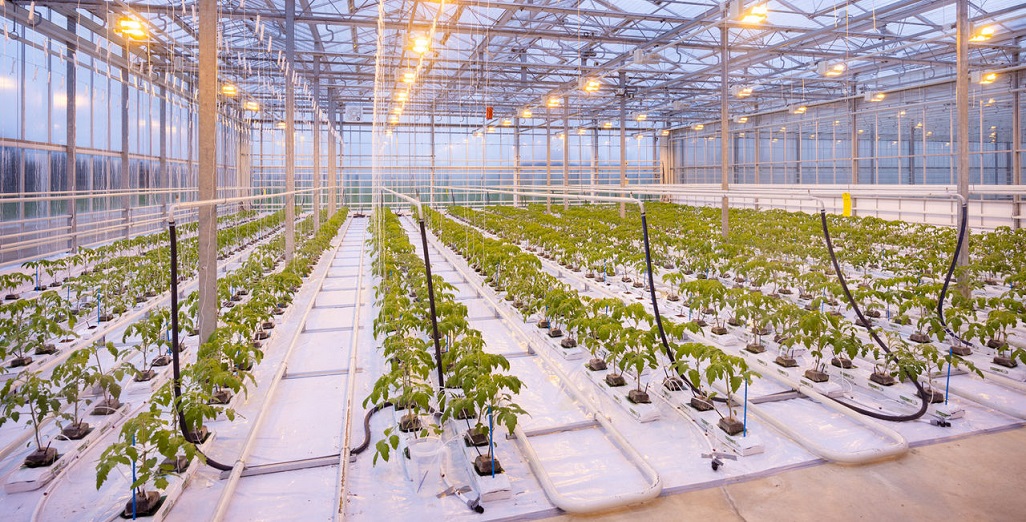
High hygiene standards are crucial to mitigate co-infection
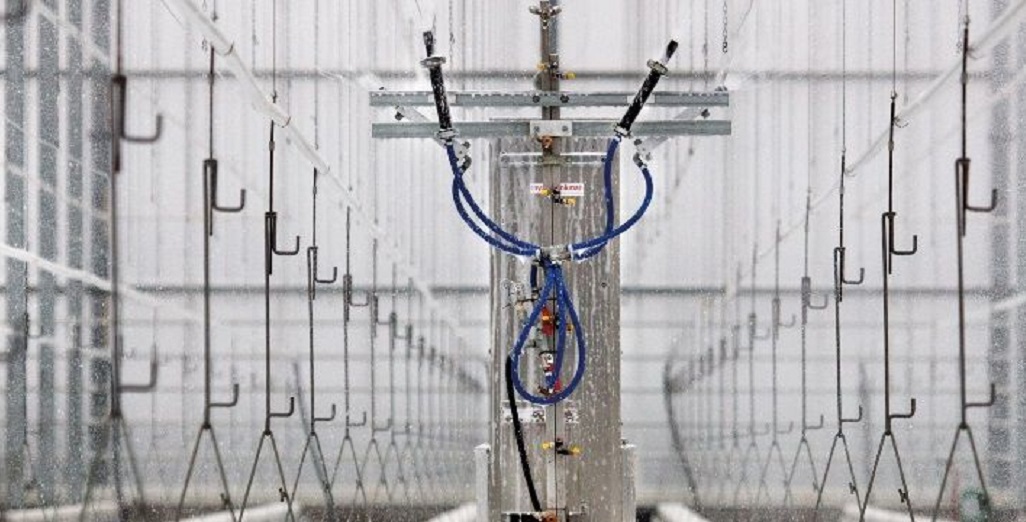
(Best of 2023) Hygiene a Priority in 2023
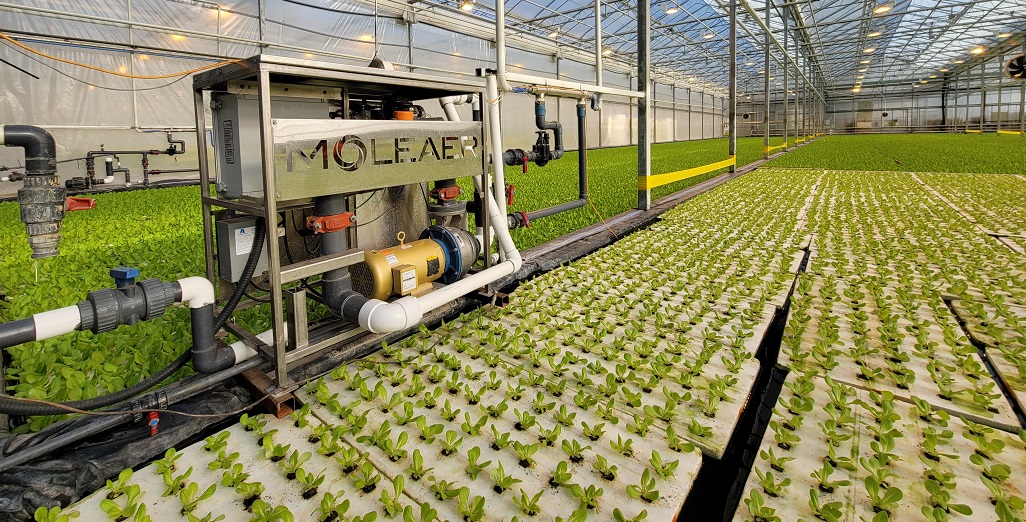
Maximizing Crop Yields with Nanobubbles
